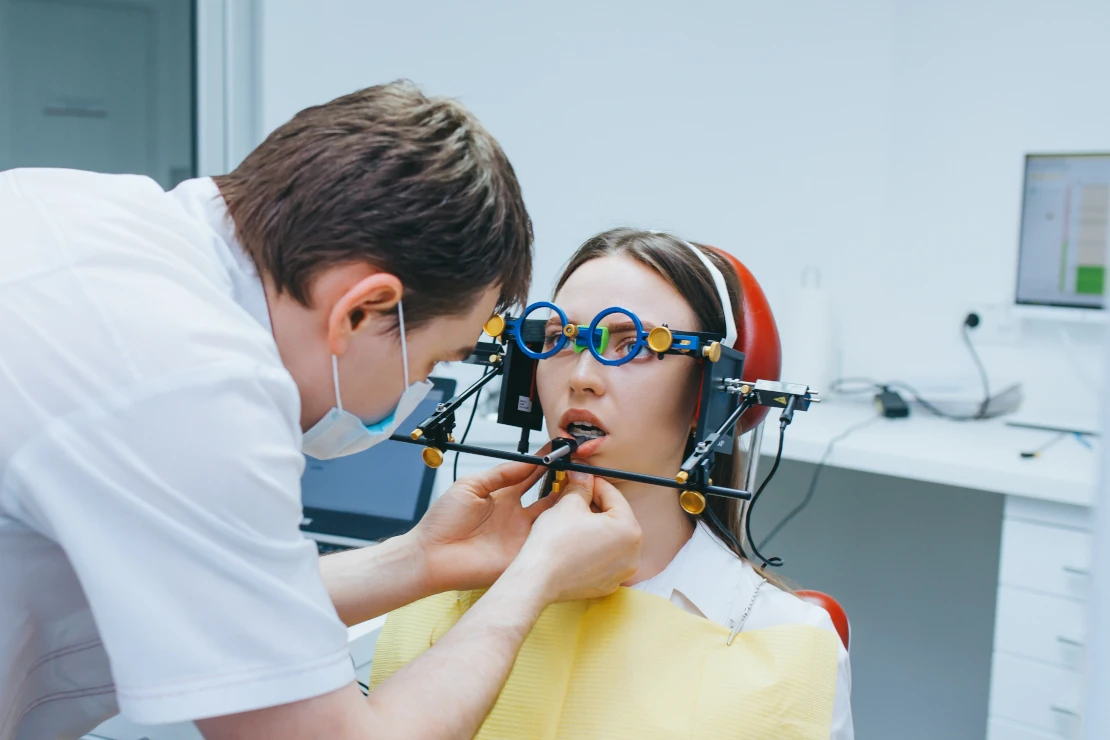
Bagita Dental Clinic provides a range of dental services using a unique method of sequential de-occlusion, developed by Rudolf Slavicek, which has radically changed the understanding of treatment and restoration of the dento-alveolar system.
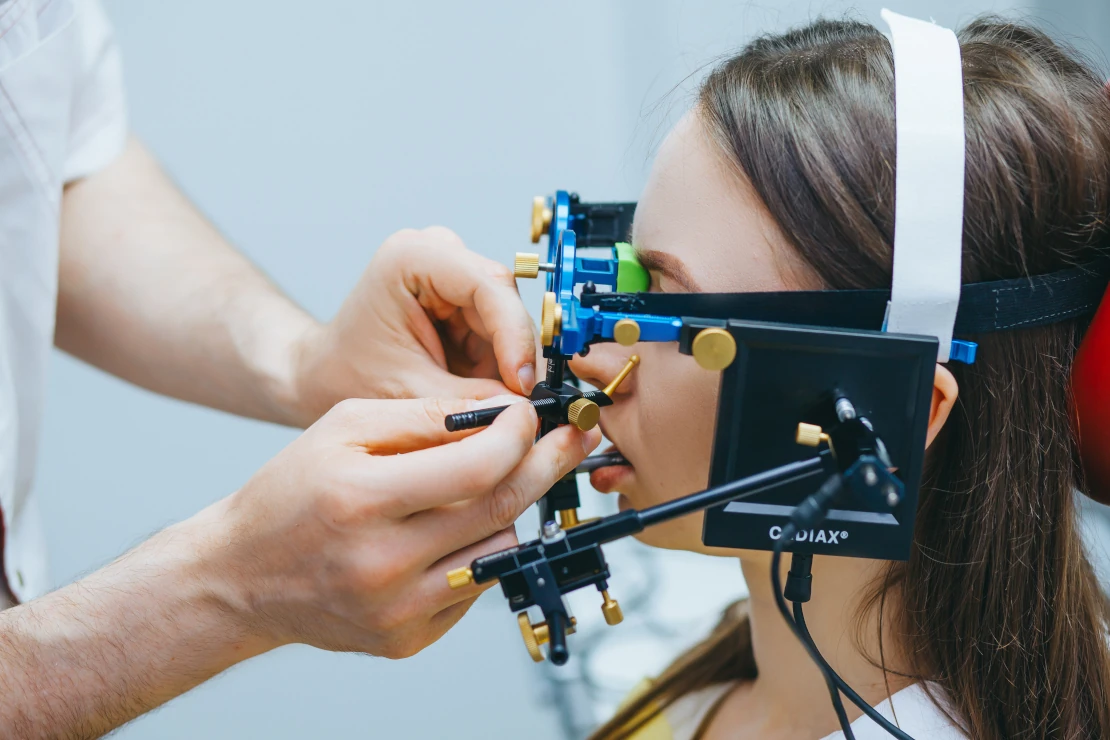
Functional diagnosis according to Rudolf Slavicek's concept
A dentist gnathologist will diagnose the cause of discomfort in the temporomandibular joint or when the teeth are occluded.
Before prosthetics, functional diagnostics is performed in order to determine the parameters of the most comfortable and functional tooth articulation and to choose the correct treatment tactics and aesthetic restorations.

The concept of sequential deocclusion allows you to move from diagnosis to competent treatment and obtain a predictable result.
We conduct a comprehensive examination, which helps to analyze the teeth, muscles, ligaments and jaw joints in detail in relation to each other and identify abnormalities and causes of problems, as well as to make a detailed and comprehensive treatment plan.
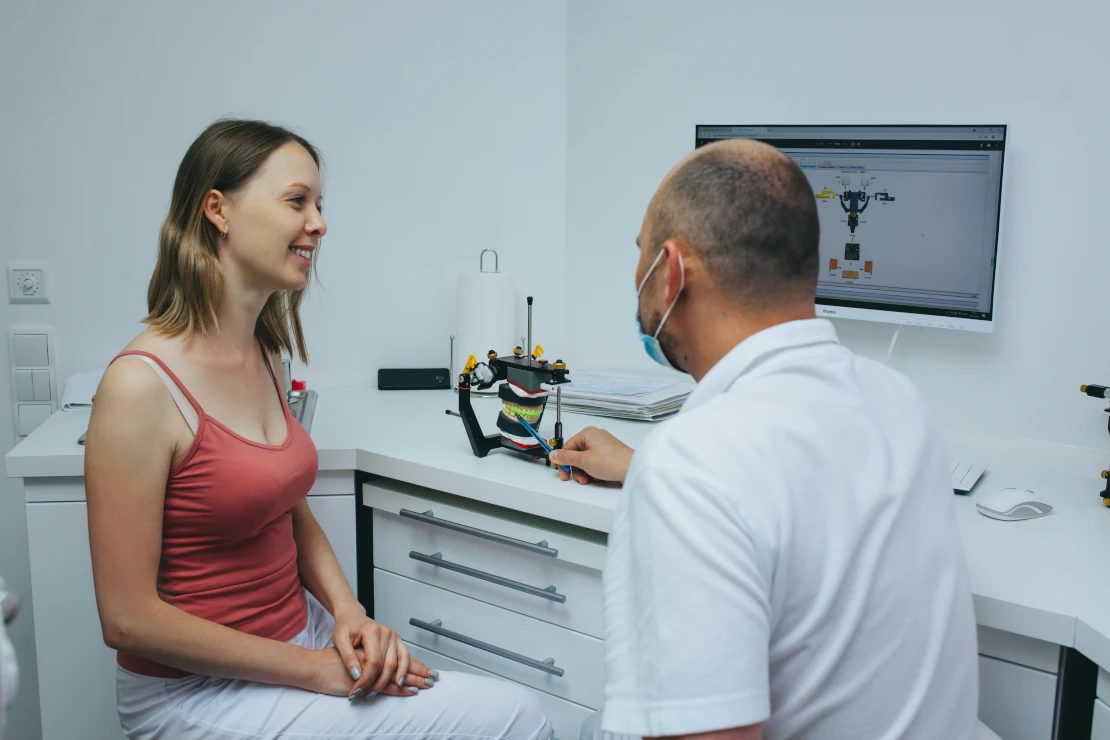
The necessity of functional diagnostics:
- Headaches
Teeth are often the source of headaches that are contained in incisors, molars, canines, or the chewing system as a whole. Disorders of the maxillary apparatus entail problems with the circulatory and nervous systems.
- Prosthetics
A comprehensive examination and scientific approach to dental restoration ensures the expected result - an improvement in the current condition of your teeth, the return of chewing efficiency and the beauty of your smile.
- Nighttime bruxism
Involuntary teeth grinding, which occurs in sleep due to spasm of the masticatory muscles, negatively affects the condition of enamel teeth, causes great stress on the temporomandibular joint, negatively affects the muscles and the nervous system of the person.
- Pain when chewing and opening the mouth, discomfort
Occlusal disorders cause a lot of discomfort and have a negative impact on your overall health.
What is included in the diagnosis:
- Conversation with a dentist - gnathologist, consultation
The patient tells us what is bothering you or what you would like to change. Our doctor looks at your medical history, asks you questions, and fills out an initial diagnostic questionnaire. You get answers to all your questions.
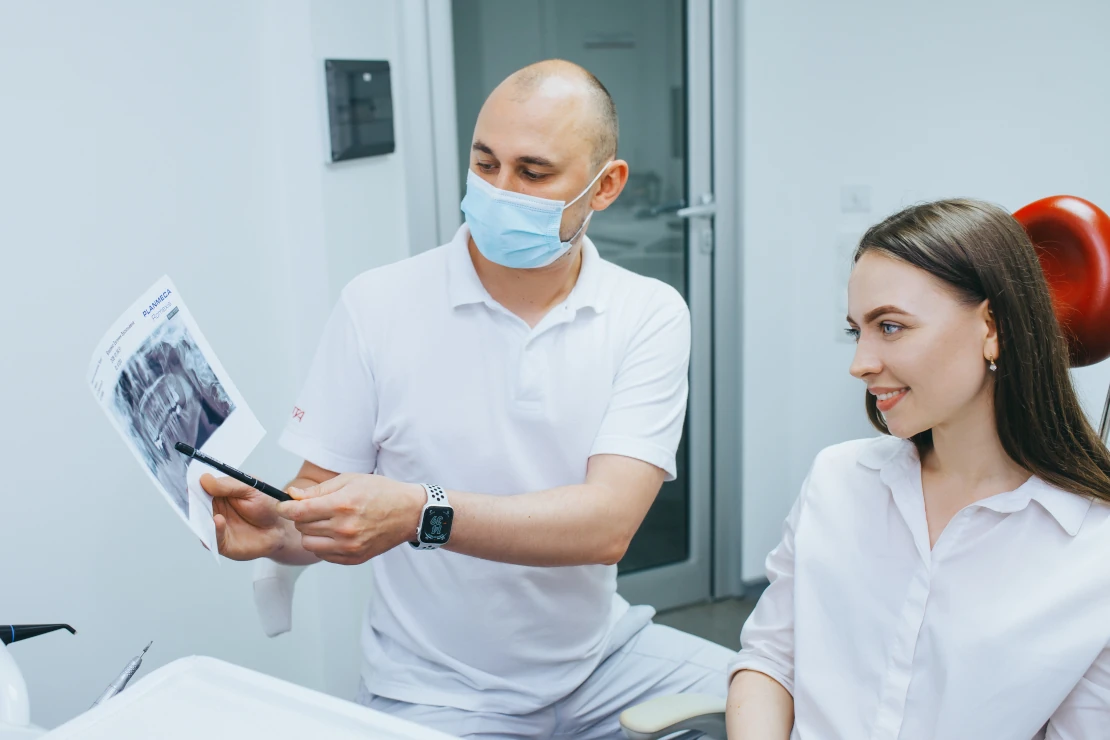
- Inspection and palpation
Examination of the oral cavity, teeth and gums, tactile examination of the facial and neck muscles and the temporomandibular joint are performed.
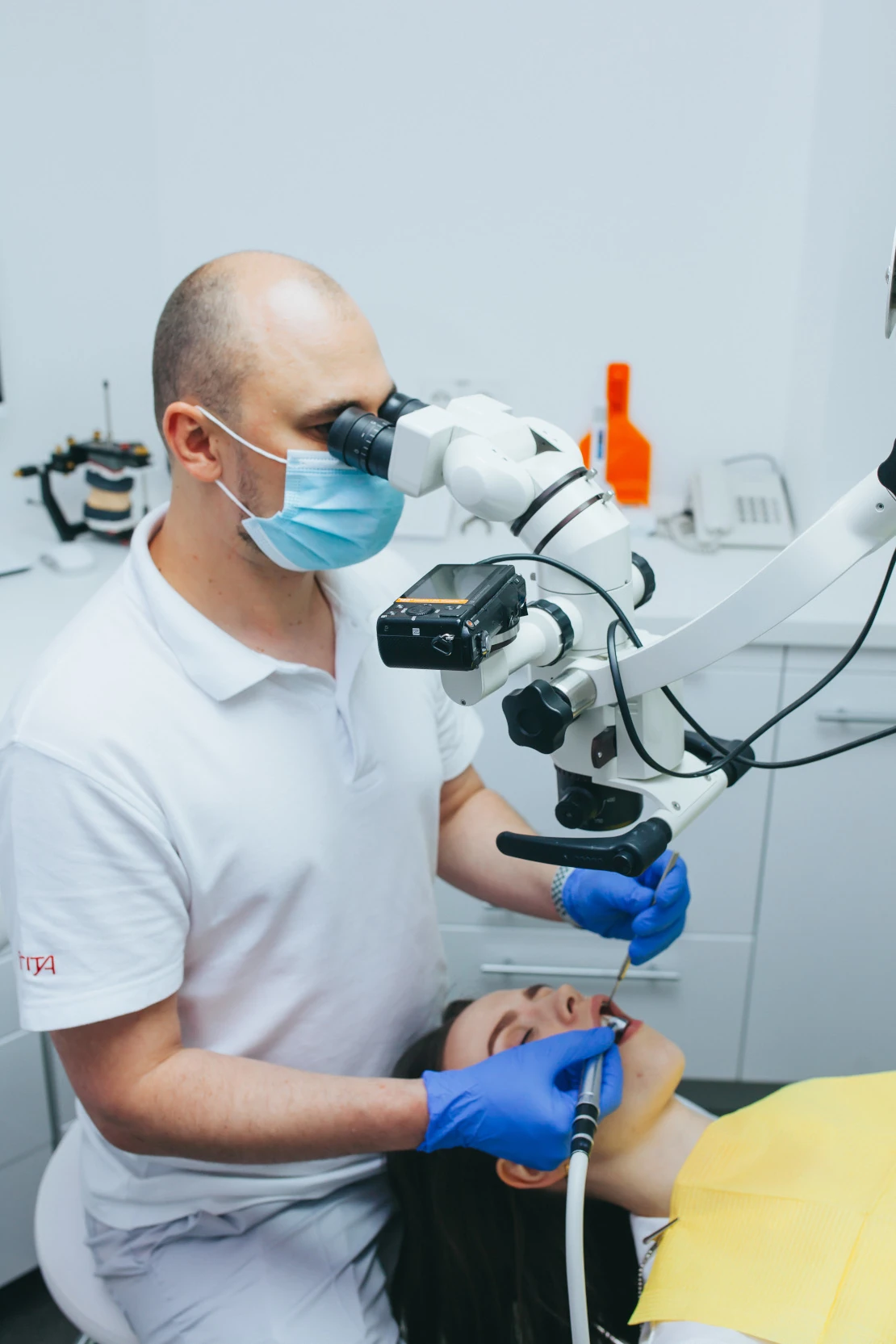
- Making impressions
Impressions and diagnostic models of the teeth are made. The doctor will make a plaster model and special mouth guards to diagnose nocturnal bruxism based on these impressions.

- 3D computer tomography
The image is made in 3D projection. It allows not only a full assessment of the condition of the bone tissue, but also a detailed view of the sinuses, showing the features of the bite and the anatomical structure of the dentoalveolar system.

An image is necessary when:
- complex treatment
- bite correction
- prosthetics (implantation)
- retention of wisdom teeth in the bone structure
- signs of periodontal disease, pulpitis, caries, and periodontitis
- Diagnostics of bite defects and anomalies
- detection of neoplasms in the mouth
If necessary, to obtain missing information about the temporomandibular joint, the doctor will prescribe an orthopantomogram, study the position of the jaws in relation to each other and the skull with the help of teleradiography and diagnostic models.
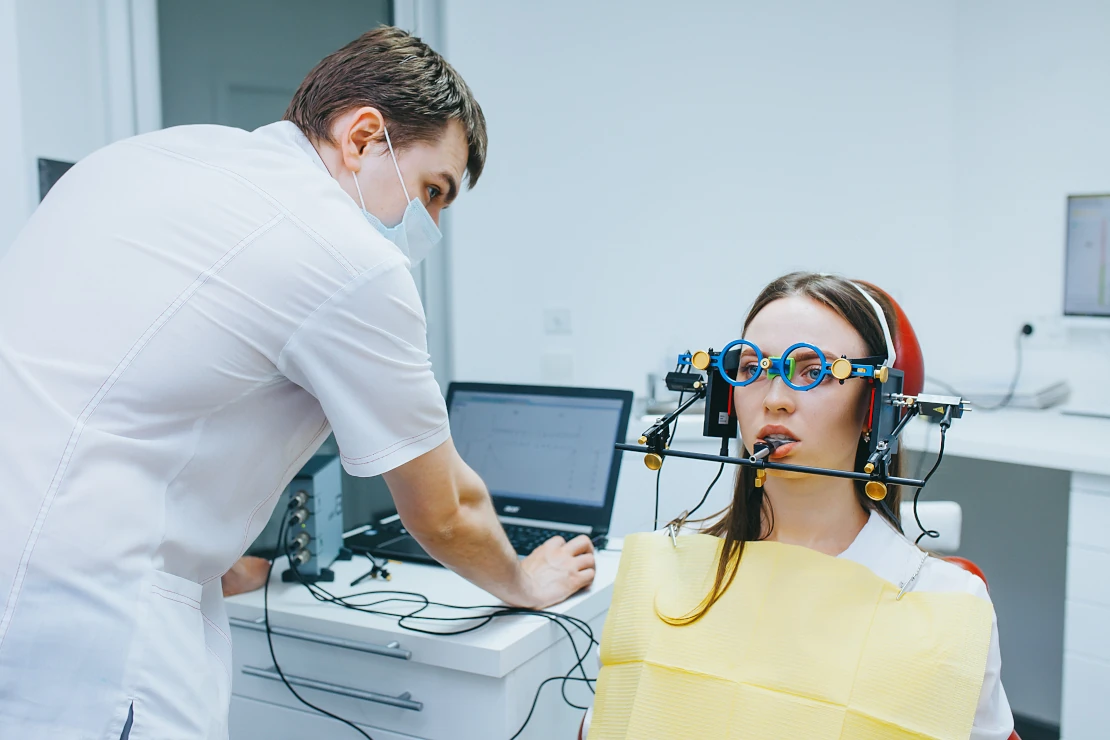
After the instrumental examination, the orthopedic surgeon performs a cephalometric analysis to determine the features of the maxillary system. A carefully performed calculation allows the orthopedic treatment to be planned and the outcome to be predicted.
Unique treatment methods
During treatment, we take into account that everything in the human body is interconnected. We make all decisions using the principles of gnathology, a science that studies the morphofunctional interrelationships of the tissues and organs of the maxillary system. Functional diagnostics in the concept of Prof. Rudolf Slavicek helps us to make the right diagnosis on the way to your healthy smile.
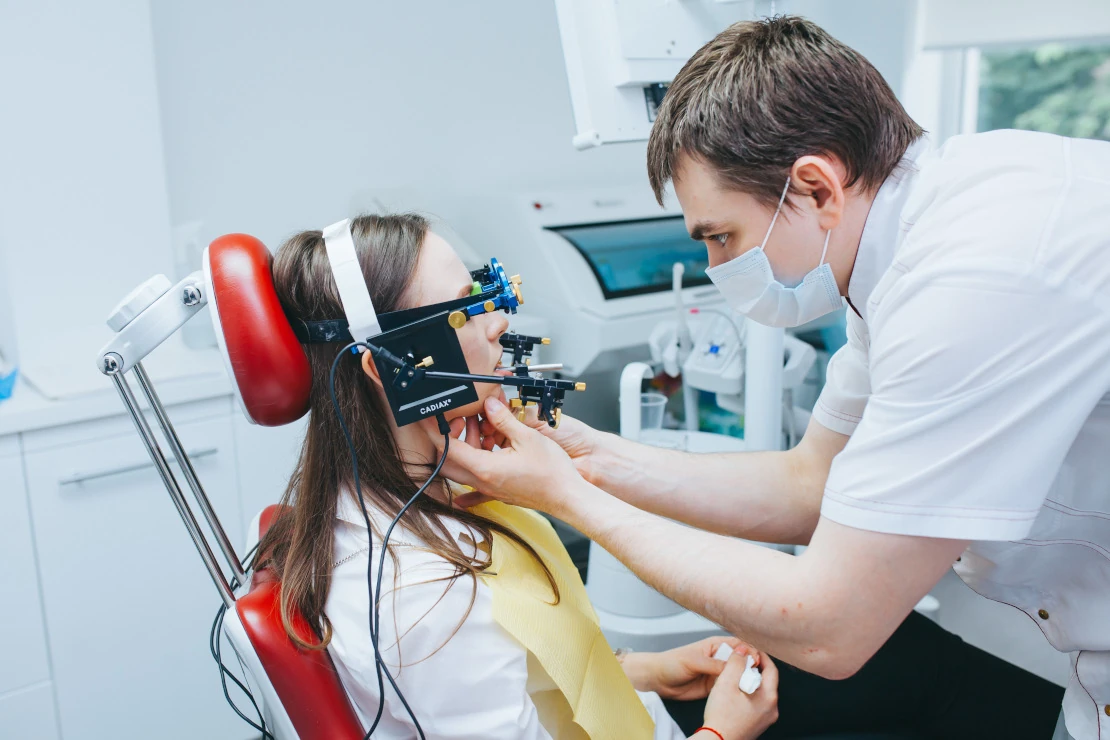
TMJ dysfunction
This term refers to the malfunctioning of the joint that connects the upper and lower jaws. It is one of the most complex joints in its structure, as it allows the lower jaw to move forward, backward and side-to-side.
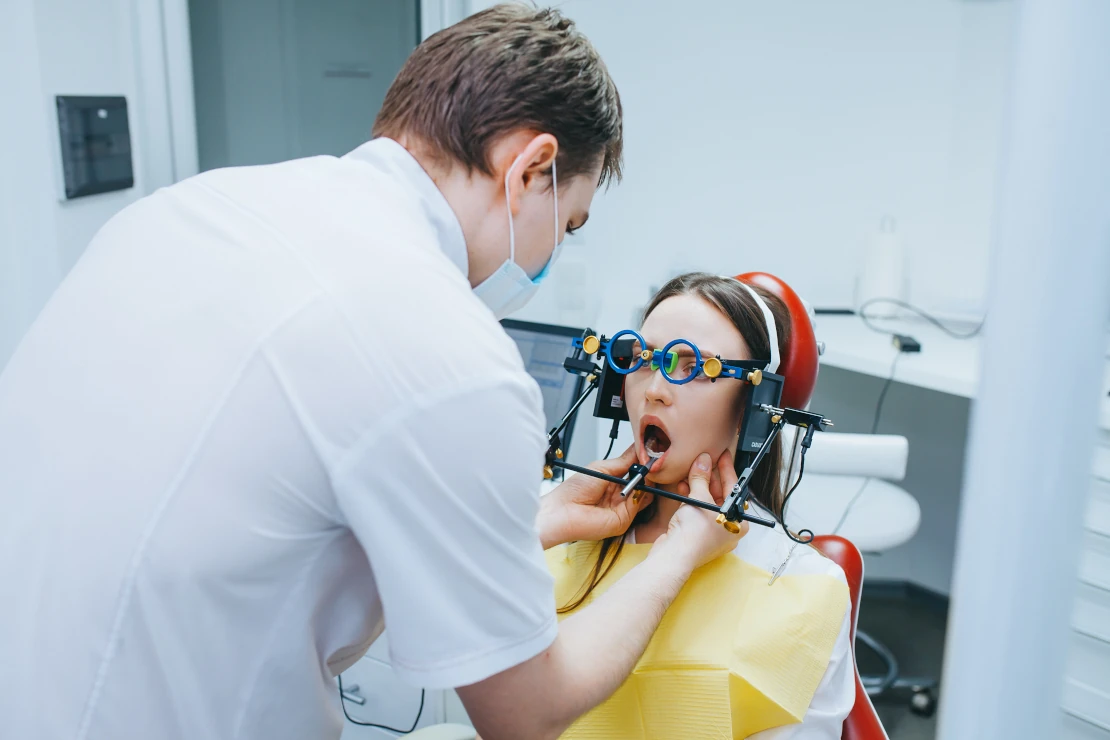
TMJ symptoms in which you should see a gnathologist:
- headaches, discomfort and pressure behind the eyes, pain in the ears;
- pain that occurs when yawning, opening the mouth wide, or chewing;
- jaw tilting;
- a state of "jamming" of the lower jaw;
- painfulness of the jaw muscles;
- a sudden change in the occlusion of the upper and lower jaw teeth (occlusion).
Make an appointment for a functional diagnostic consultation with Slavicek and our specialists will answer any questions you may have. We will individually select the best method of restoration and treatment for you!
Used equipment
With the advent of new technologies and materials, dentistry has reached a new stage in its development. Our doctors strive to use these materials and the latest equipment, taking into account the peculiarities of the jaw structure and the overall health of the individual patient.

Our dentistry is equipped with state-of-the-art equipment from the world's best manufacturers and quality materials for this concept. We have everything we need to carry out the most precise functional diagnosis and competent, well-founded treatment in the context of Prof. R. Slavicek's concept of sequential de-occlusion.
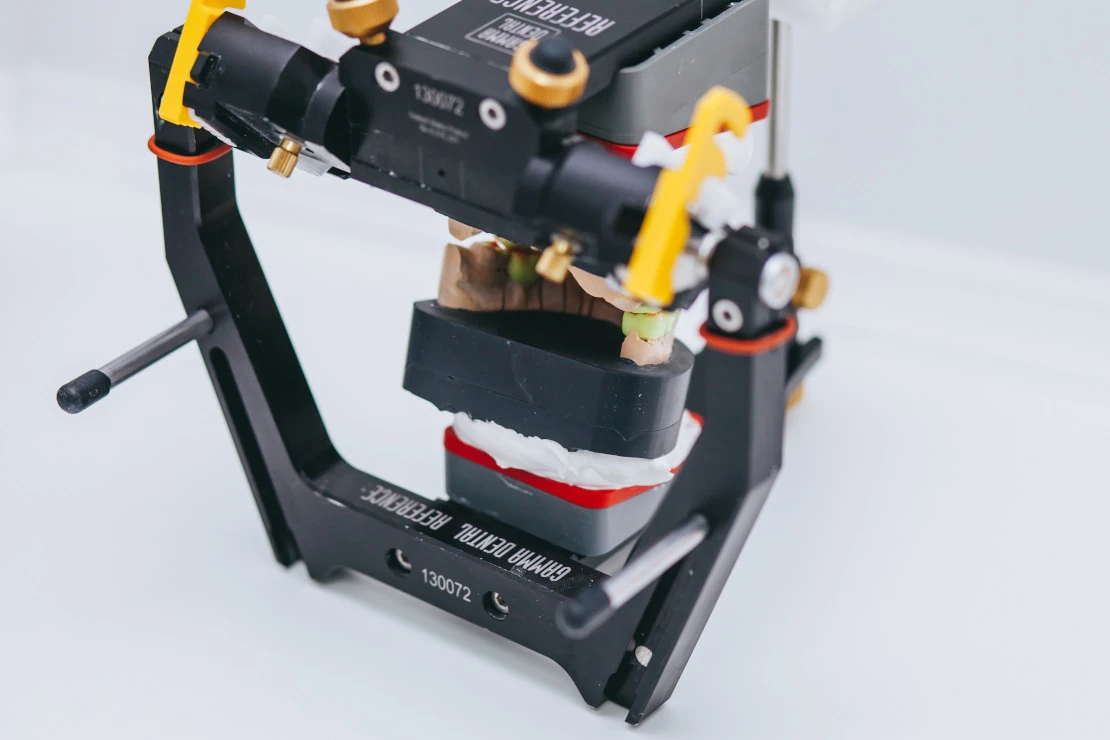
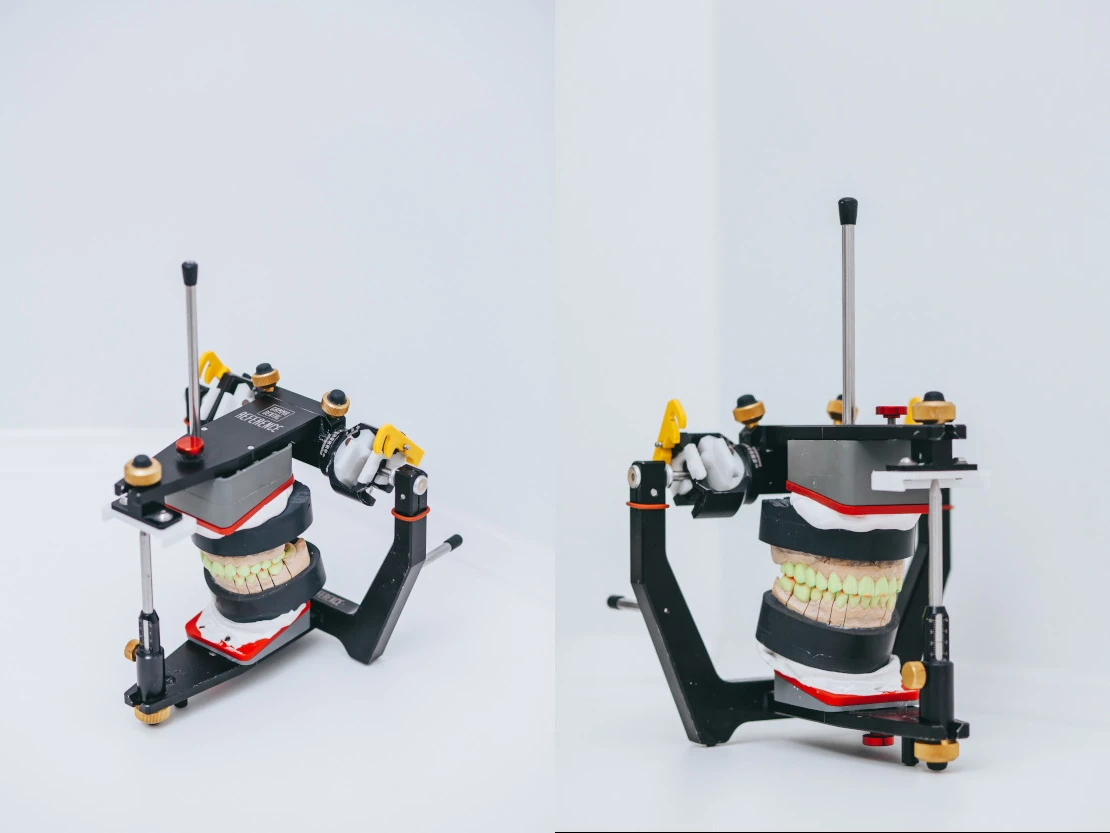
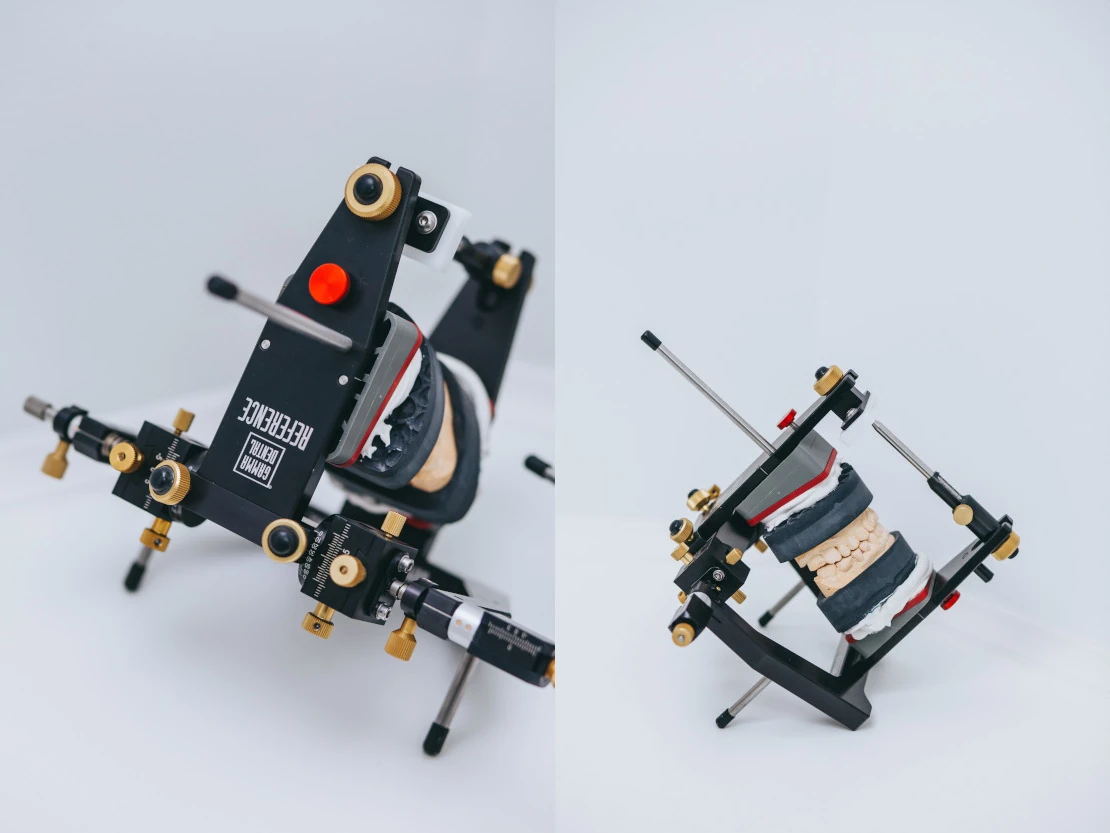
Certificates

